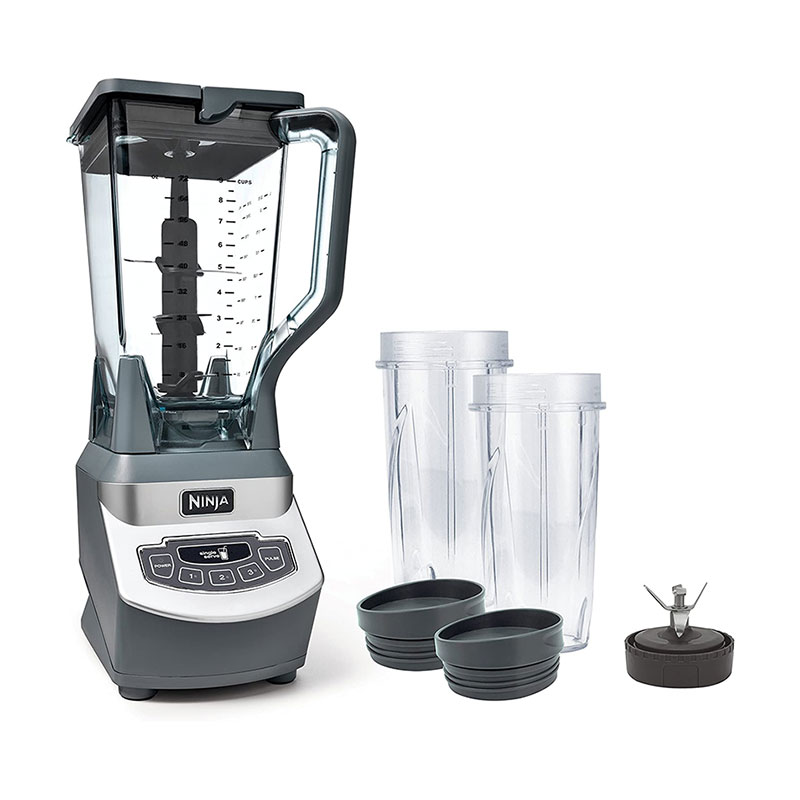Essential Features to Consider When Purchasing a Household Mixer
2024-06-20
Purchasing a household mixer can be a game-changer in your kitchen, transforming tedious tasks into enjoyable culinary adventures. However, with the myriad of options available, it can be overwhelming to determine which mixer best suits your needs. Here are the key features to look for when investing in a household mixer to ensure you make the right choice for your kitchen.
1. Power and Motor Strength
One of the most critical features of a household mixer is its power. Measured in watts, the power of the motor determines how efficiently the mixer can handle various tasks. For regular home baking and cooking, a mixer with a motor strength between 250 to 500 watts is usually sufficient. However, if you plan on mixing dense doughs or large batches, opting for a higher wattage is advisable.
2. Speed Settings
A good household mixer should offer a range of speed settings. Multiple speeds allow you to start mixing ingredients at a slower pace to prevent splattering and gradually increase the speed as needed. Look for mixers with at least three to six speed settings to provide you with versatility for different mixing tasks.
3. Bowl Capacity and Material
The size and material of the mixing bowl are also essential considerations. The capacity should align with the quantity of food you typically prepare. A 4 to 6-quart bowl is ideal for most household needs. Additionally, bowls made from stainless steel are durable and easy to clean, while glass bowls are microwave-safe, providing additional functionality.
4. Attachments and Accessories
A versatile household mixer should come with various attachments. Standard attachments include a flat beater for general mixing, a dough hook for kneading dough, and a wire whisk for whipping cream or egg whites. Some mixers also offer additional accessories like pasta makers, food grinders, and juicers, enhancing the appliance's utility.
5. Build Quality and Durability
Investing in a mixer with a sturdy build is crucial for long-term use. Mixers with metal housings tend to be more durable than those made from plastic. Additionally, checking for warranties and reading customer reviews can give you insights into the product’s longevity and reliability.
6. Ease of Use and Cleaning
A household mixer should be user-friendly. Features like a tilt-head design or a bowl-lift mechanism can make it easier to add ingredients and access the bowl. Moreover, consider how easy it is to clean the mixer. Removable parts that are dishwasher-safe can save you a lot of time and effort.
7. Price and Brand Reputation
While price is always a consideration, it's important to balance cost with quality. Well-known brands often offer better customer support, more reliable warranties, and higher-quality products. It might be worth spending a bit more on a reputable brand to ensure you get a reliable and efficient mixer.
8. Noise Level
Mixers can be noisy, and this might be a concern if you have a quiet household or often cook during early mornings or late nights. Look for reviews that mention the noise level, or check if the product specifications provide this information.
Conclusion
Choosing the right household mixer involves considering a variety of factors, from power and speed settings to bowl capacity and ease of use. By focusing on these key features, you can find a mixer that not only meets your culinary needs but also enhances your overall cooking experience. Investing in a quality mixer will save you time and effort in the kitchen, allowing you to create delicious dishes with ease.



